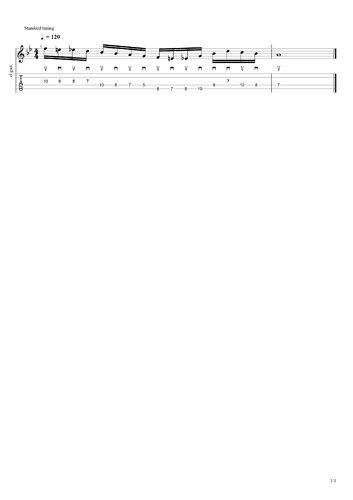Okay, two bigs things I noticed!
In your first video your motion is completely different to your tremolo, your arm is a lot flatter to the body of the guitar and you are using a lot of pronation.
In your second video you are using lots of (gypsy-style) supination that kinda reminds me of Joscho Stephens technique. It starts great with some forearm rotation giving you a nice blended wrist-forearm motion. Around 0:40 the forearm stops wiggling and the motion changes to being sometimes more elbow, sometimes more wrist and your picking becomes more inconsistent, skipping the odd note.
This is completely typical of what happened with me when learning this motion!
At the moment I’d say you’re wrist-forearm motion isn’t completely learned and not completely efficient, although it is on the right path. My advice would be to play with your tremolo while looking in a mirror and constantly be looking for the forearm wiggle. I’d recommend playing along to something at a high speed and constantly re-adjusting your technique in search of the forearm wiggle, this way you have direct audible feedback if what you’re doing works at high speed in context. (For me this was the end solo section to Highway Star by Deep Purple, trying to play along at speed for the full length of that solo section was probably the most important part of me learning my technique, though this may not be your style  )
)
Sorry for the essay, hope any of it helps!














 i mean with a nice guitar like that it had to be rest stroke you sly devil.
i mean with a nice guitar like that it had to be rest stroke you sly devil.